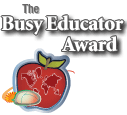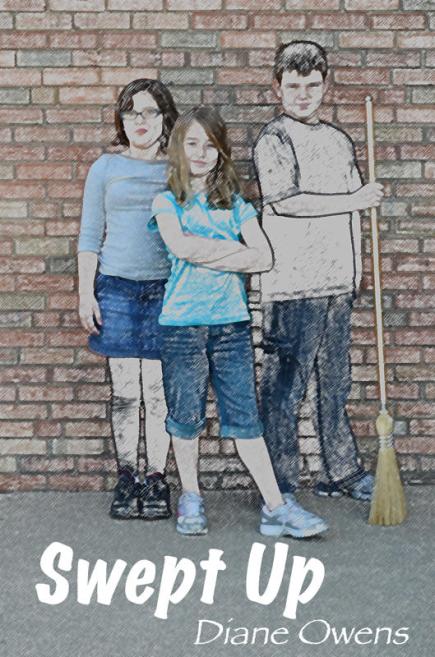What to Include
Action, trouble, and great characters commit readers to a story. Give them plenty of each right at the start.
Begin in the middle of some action that introduces your main character (MC), sets up the main problem and creates trouble. Show where and when the story takes place while you describe what’s going on.
If your MC’s shortcoming or an already existing problem causes the trouble, let readers know about the shortcoming or problem through action or dialogue.
Your MC needs a goal or a plan to fix things as soon as possible. Let readers know what it is by having your MC say it or think it.
Explaining Your MC’s Past
What if the action won’t make sense unless you explain what led up to it?
Readers don’t need to know as much about your characters’ pasts as you may think. You need to know the details to plan your story and make the characters and situation real to you, but readers often fill in details for themselves. If the information isn’t going to make any real difference to the story’s events or how it ends, leave it out.
If readers need information about past events to understand your story, learn ways to slip it into your story at Before the Story Started.
Grab Readers’ Interest
One way to peak curiosity and get readers involved is to begin in the middle of a conversation. Readers will want to know what your characters are talking about and they’ll feel like they’re listening in. If your MC is arguing with another character, that’s even better. Learn more about using dialogue at How to Make Them Talk.
You can also gr ab readers through the mood or tone of your story. Begin with a power-packed description of your setting or characters. Dark, scary places and evil-looking characters will creep them out; crazy characters and exaggerated settings will make them laugh; fantastical worlds and strange creatures will make their imaginations soar. For more on creating the mood or tone of your story, go to How Your Story Feels.
ab readers through the mood or tone of your story. Begin with a power-packed description of your setting or characters. Dark, scary places and evil-looking characters will creep them out; crazy characters and exaggerated settings will make them laugh; fantastical worlds and strange creatures will make their imaginations soar. For more on creating the mood or tone of your story, go to How Your Story Feels.
Follow the link to learn what to include in the Middle part of your story.
To practice the tips and techniques on this page, go to the activities page For Beginnings.






